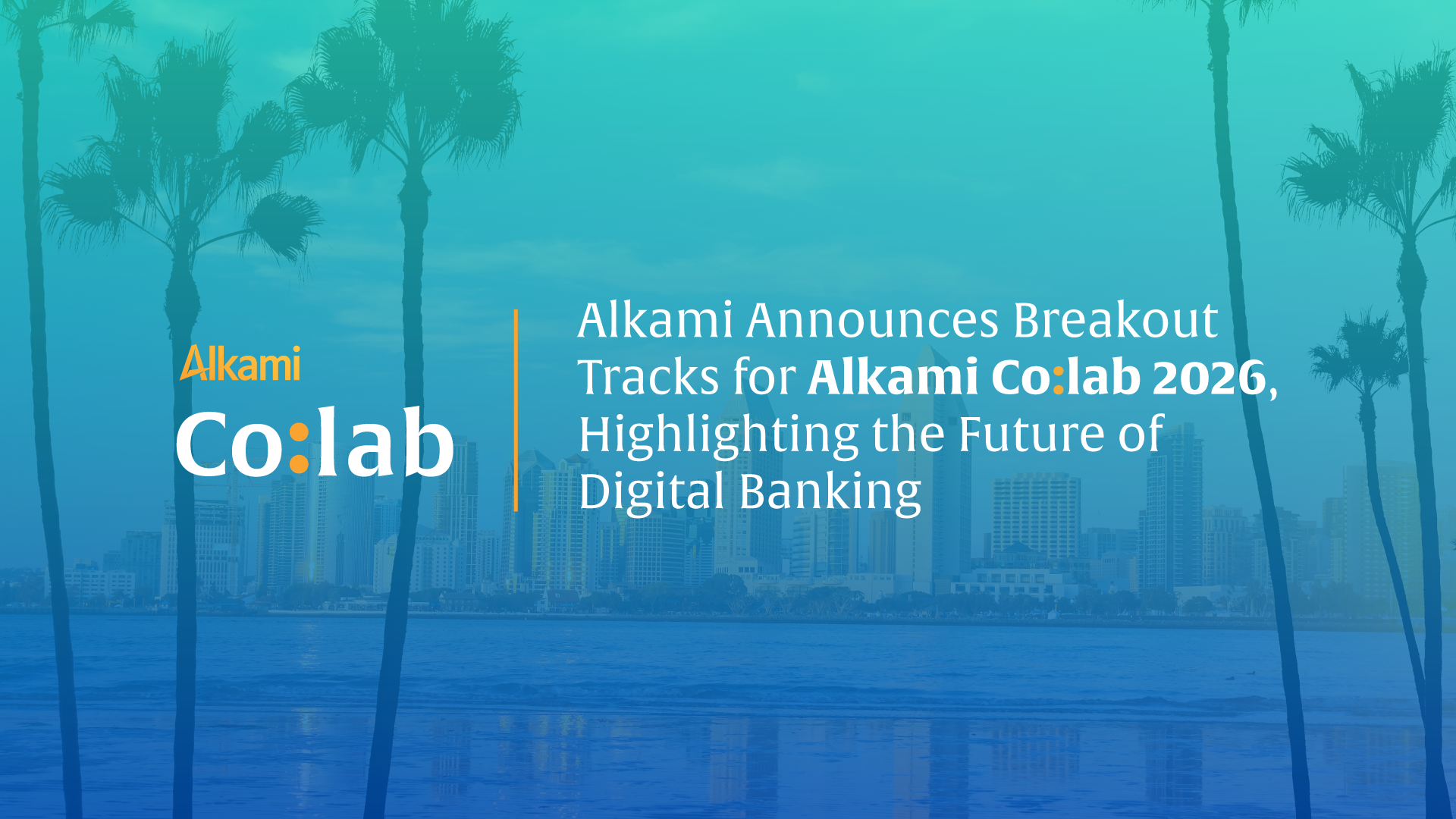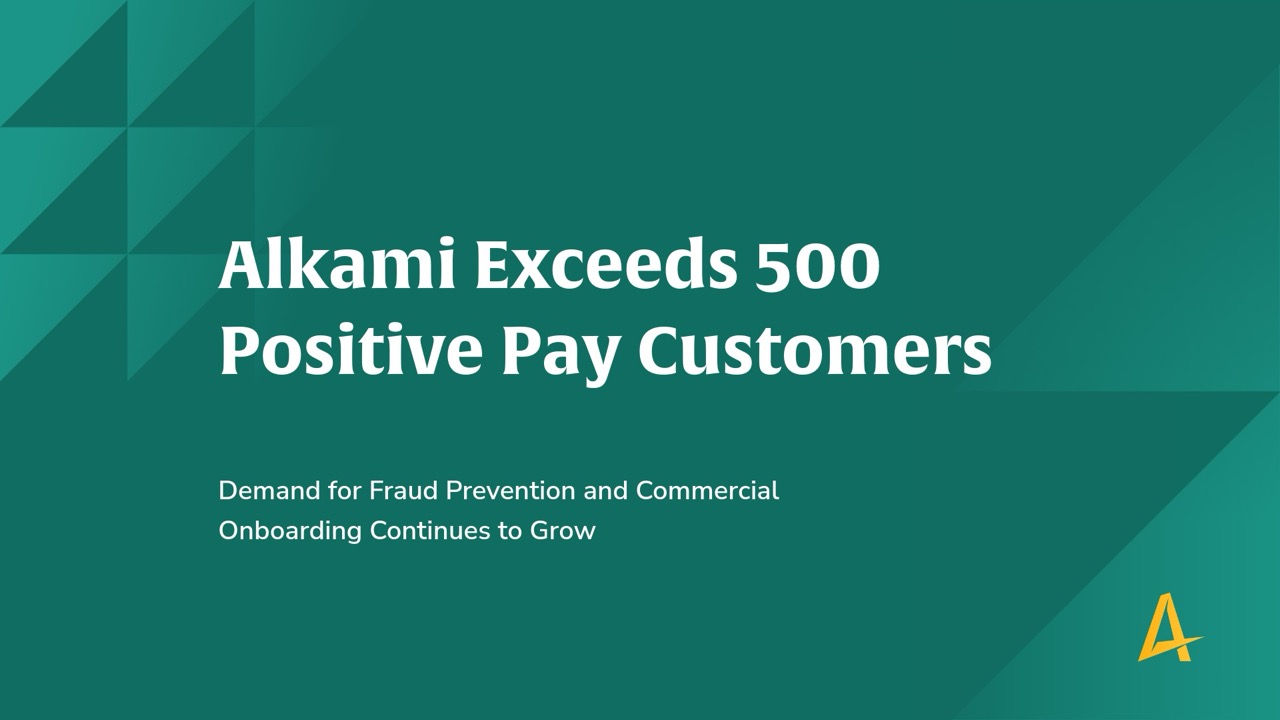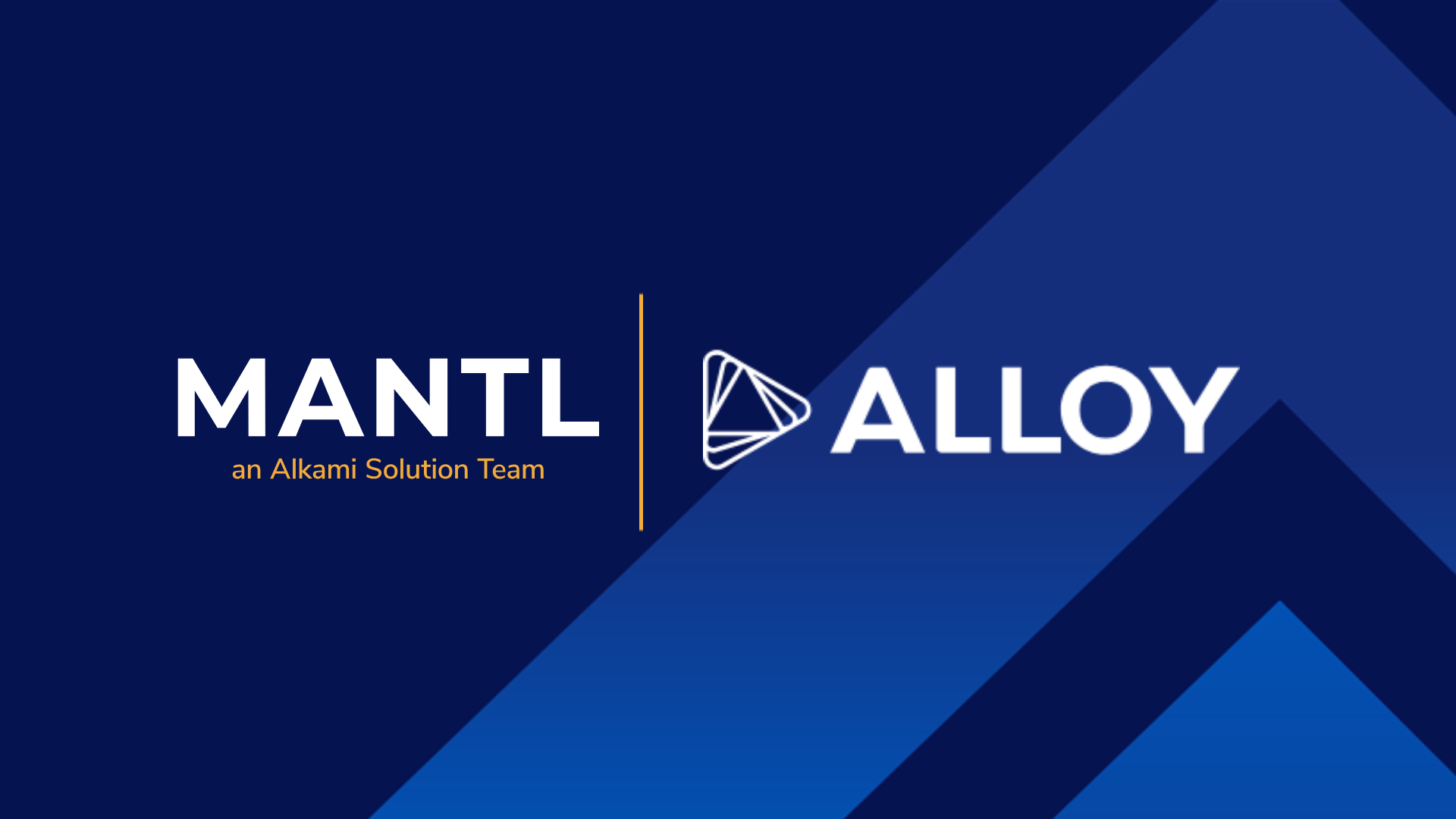A Technical Refinement Guide Built from the Experiences of Financial Institutions Who Got It Right
Switching digital banking platform vendors isn’t just a project; it’s a turning point. Done right, it unlocks transformative growth and better sales and service experiences. Done poorly, it can stall innovation, frustrate staff, and burn valuable time, resources, and budget.
Based on in-depth research* with financial institutions that successfully switched digital banking vendors, here’s how to select the right digital banking partner based on your institution’s goals, and what internal teams must get right to avoid the missteps of those who failed to convert.
Know Why You’re Switching and Your Priorities
The best journeys begin with clarity of purpose. Financial institutions who reported good conversion experiences were most often driven by user experience (UX) improvements, followed by goals to grow their customer or member base and integrate new technology solutions quickly.
🧠 Avoid This Trap: Financial institutions who had a bad conversion experience or failed to switch often created a business case before conducting an internal needs assessment, suggesting they may have forced their target provider, even if it wasn’t best for their needs.
Now’s the time to get the hard work done: determine your financial institution’s long term strategy by taking an objective look at your institution and assessing where you want to be in the next five years. Inform your top priorities and qualities you’re looking for in your next digital banking platform by clearly identifying your current challenges and limitations, understanding account holder needs, evaluating the latest innovations in the market, and establishing business goals.
Involve the Right Teams Early
Financial institutions who had a positive implementation experience brought together IT, digital, and executive leadership in the decision-making and execution process—not just their C-suite or a single department.
💡Teams who led successful conversions distributed ownership across departments, reducing burnout and blind spots.
Use this guide to align internally before finalizing your shortlist:
When comparing and evaluating digital banking platform vendors, these were the top considerations among financial institutions who recently switched or attempted to convert:
- #1: UX — The interface, mobile consistency, and ease of use were tablestakes.
- #2: Security & Fraud Prevention — Banks and credit unions are unwilling to compromise on safeguarding their account holders and institutions against emerging fraud threats when their reputation is on the line.
- #3: System Reliability — Uptime guarantees, performance monitoring, and disaster recovery mattered, but they weren’t always table stakes.
With your needs and non-negotiables defined and aligned across stakeholders, it’s time to meet your potential new partner. When account holders are interacting with your digital banking platform, they see it as an extension of your brand. They need to be able to interact with your mobile banking app, find the tools and personalization they want and expect, and have the functionality work seamlessly. While 63% of financial institution decision makers surveyed are very or somewhat satisfied with their current platform provider, they may still consider exploring alternatives. They either aren’t fully satisfied or may be somewhat satisfied, but are not making moves to convert. The truth is 50% of all digital banking users say they would switch providers if another company offered a better user experience. Financial institutions who want to retain account holders and continue growing don’t have the option to compromise when it comes to their platform. They need a partner they can trust, that is vested in their institution’s success, and is focused on helping them achieve their goals.
So how do you meet the right match?
Ask the Right Questions During Technical Evaluations
Here are the three most critical questions asked by financial institutions who had a positive conversion experience:
| #1 | #2 |
#3 |
|
End-User Experience |
||
| Mobile vs. desktop: Is the experience consistent? | Strength of integrations: How deeply and broadly integrated is the user experience with other third parties that I have in my ecosystem to provide my customers/members with a seamless experience? |
Speed of innovation: How often is the user experience upgraded with new features? |
|
Employee Experience |
||
| Integration Capabilities: What integrations do you offer with other productivity and industry software? | Institution Customization: Can we customize the user interface for our employees (such as the console administrators use to set up functionality for end users)? |
Training Resources: What training resources are available for employees to learn the system? |
|
System Uptime |
||
| Uptime Guarantee: What is your uptime guarantee (e.g., 99.9%)? | Service Level Agreements (SLAs): What SLAs do you offer for uptime and support response times? |
Infrastructure Type: Is the application and data housed in the cloud or on-premises? |
|
Data Analytics & Marketing |
||
| Return on Investment: Can you provide proof of return on investment from marketing campaigns delivered through your digital banking channel? | Analytics & BI integration: What integrations do you offer with other analytics and business intelligence tools? |
Privacy Compliance: How do you ensure compliance with data privacy regulations? |
|
Culture & Hands-On Support |
||
| Dedicated Support: Will we have a dedicated account manager or support team? How big is the team? | Ongoing Support: What ongoing support do you provide after the initial transition period? What are your SLAs for customer response times? |
Peer Benchmarking: How do you communicate best practices and lessons learned with your clients based on benchmarking their performance against their peers? |
|
Security & Fraud Prevention |
||
| Fraud Detection: How do you detect and prevent fraudulent financial activities on your platform? | Data Protection: What protocols do you follow to protect sensitive user data from breaches or leaks? |
Account Holder Authentication: What methods do you have in place for our users to access the mobile banking app and digital banking platform? |
|
Total Investment & Cost |
||
| Return on Investment (ROI): Can you provide or prove the ROI we can expect by switching to your platform? | Regular, Recurring Costs: What is the baseline, recurring cost for running your platform? |
Setup & Implementation Costs: What are they and what do they cover? |
|
Product Vision & Innovation |
||
| Efficiency Product Releases: How many cost-optimizing products did your company release in the past year (e.g., new customer service, self-service features to help control costs)? | Employee Experience: What is your vision to help my financial institution support the employee experience of a younger workforce? |
Third-Party Pre-Integration: How many third parties in my ecosystem have you pre-integrated into your digital banking platform? |
|
Implementation Experience |
||
| Data Conversion: How do you handle data conversion from my existing platform to your digital banking platform? | Specific Core: What is your track record in implementing financial institutions with my specific core? |
Back-End Customer Support: What level of support do you provide for helping me promote to my account holders that an implementation is coming? |
These questions go beyond checking boxes for functionality and explore the details surrounding implementation, partnership, and long-term platform performance.
Technical Refinement: Turning Interest Into Confidence
As your shortlist tightens, it’s time to validate the technical realities behind each digital banking platform. This is where institutions move from inspiration to inspection; getting deep into integration capabilities, data conversion plans, and real-world workflows.
💡Separate vision from execution to make sure the vendor can actually deliver on what matters most to your institution.
Here’s how to make the most of this phase in your conversion journey:
Make Demos Work for You
Full-day or deep-dive demos should feel like working sessions for your team, not a sales theater. Treat them as a chance to simulate real-world scenarios. Structure your agenda in advance with:
- Clearly defined use cases (retail onboarding, business account opening, marketing automation, etc.)
- Assigned stakeholders to evaluate specific areas like UX, admin controls, or reporting
- Prepared questions that dig into platform flexibility, responsiveness, and security
This creates consistency across vendors and reveals how each solution performs under pressure.
Evaluate With Purpose
At this stage, vendor differences may feel subtle, but a structured evaluation approach prevents shiny-feature bias. Anchor every decision in your strategic goals:
- Prioritize features based on impact: What’s mission-critical vs. a nice-to-have?
- Weight evaluation criteria so your final choice reflects business needs, not just preferences
- Use a consistent scoring model across demos to avoid bias and facilitate consensus across your buying committee
The goal isn’t just to “like” a platform, it’s to choose a partner who will drive measurable value across departments at your institution.
Dig Into Integration and Infrastructure
Too many switchers hit friction later because integration realities weren’t scoped early. Avoid that by:
- Mapping out all third-parties the platform must interact with: core, customer relationship management (CRM), fraud prevention, payments, etc.
- Identifying must-have vs. optional integrations upfront
- Asking detailed questions about data conversion, API accessibility, SLAs, and support boundaries
Push vendors to clarify not just if they integrate but how, when, and who is responsible for what. Set clear expectations up front to establish transparency with the vendor and ensure your team can properly allocate resources if needed.
Learn From Your Peers
One powerful, often overlooked step? Peer networking. Financial institutions who had a successful conversion experience leaned into conversations with other financial institutions who had walked the same path. By connecting with other institutions who recently converted to the vendors you’re evaluating, you can ask them about their experience, lessons learned during and post-implementation, and use their insight to shape your evaluation criteria and inform decisions.
| Learn How Quontic Bank is Achieving Seamless, Scalable Growth with Alkami | Explore How Radiant Credit Union is Leading with Digital Innovation |
Select a Digital Banking Partner for the Long Haul
Your new digital banking vendor should be much more than a system provider; they should be a strategic growth partner. The institutions that convert successfully don’t just pick a better product; they choose a digital banking platform that advances their goals and enables ongoing transformation.
If you’re in the middle of this process and are looking for guidance navigating your digital banking evaluation, explore our digital banking conversion toolkit where you can find downloadable tools and resources to help you take those next steps.
*All research insights included in this blog are from Alkami Proprietary Research, where we surveyed 100 digital banking platform decision makers/influencers who recently switched or explored switching platforms. Data collected November 27, 2024 – December 19, 2024.








